With cooler weather and shorter days ahead, the start of fall is a good time to update your reading list. This month we're looking at five newly released books by local authors that showcase people, culture and events significant to Palo Alto. So whether you're in the mood to explore the area with an insider's travel guide or curl up with a biography, these selections are bound to give you a new perspective of Palo Alto — making them worth a read.
'Mayfield: The Town That Wouldn't Go Away,' Raye C. Ringholz, Palo Alto Historical Association, 84 pages.
Before Palo Alto, there was Mayfield. Established in 1853, the one-time stage stop just south of Palo Alto's current downtown was a thriving township — until Leland Stanford decided to open a university in 1885, triggering a decades-long battle over the sale of alcohol that endured until July 6, 1925, when Mayfield became part of the dry town of Palo Alto.
More than nine decades have passed since Palo Alto absorbed the town — originally bordered by El Camino Real, the railroad tracks, Cambridge Avenue and Grant Avenue — but a lot of locals still think of south Palo Alto as Mayfield, said author Raye C. Ringholz, whose new book about the town is aptly named "Mayfield: The Town That Wouldn't Go Away."
Ringholz spent several months scouring the city's historic archives and talking to residents familiar with Mayfield to provide the first extensive account of the early days of the town in her newly released book published by the Palo Alto Historical Association.
The book details Mayfield's battle to keep its saloons open as Stanford pressured it to go dry and looks at how the rise of Palo Alto and Stanford University eventually led to the town's incorporation and annexation to Palo Alto.
Ringholz said the town refused to go dry after the university was built. Even when a statewide law went into effect banning the sale of alcohol within a 1.5 radius of the university, that still didn't stop liquor sales in Mayfield.
"They just built the saloons farther south," Ringholz said.
This had a big impact on the town's history.
When Stanford first started building the university, a lot of the construction workers lived in Mayfield and the town experienced a boom, she explained. As the liquor problem progressed, however, they started building the town of Palo Alto and people moved out of Mayfield in exodus, she said.
She said many came to consider Mayfield as a place for the dregs of society, while Palo Alto was viewed as the hoity-toity town to the north.
Ringholz also introduces readers to Mayfield's pioneers, including the mysterious landowner Peter Coutts and architect Birge Clark, and touches on the 1906 Earthquake, the opening of the airport and the rise of Bayside Canning Company, which became the third largest cannery in the world.
"The thing that impressed me most were the people," Ringholz said. "They came to Mayfield from all over the world. The women, in particular, were incredible, living under so many odds. One woman gave birth to 29 children in 30 years."
Ringholz, who moved to Palo Alto four years ago after living in Salt Lake City, said she's spent most of her life writing about the places where she's lived. When she arrived in Palo Alto, however, she didn't intend on writing a book about the area until she joined the Palo Alto Historical Association to meet people.
"The subject of Mayfield kept coming up," she said. "Everyone kept chuckling when they would talk about how (Stanford) wanted a bedroom community and (everyone) had to give up alcohol. ... That kind of tickled me."
According to one person she interviewed for the book, the opening of Mayfield School helped bring the newly merged community together as students formed friendships in the classroom with disregard to in what part of town they lived.
Ringholz will talk about the story of Mayfield's development during a free public meeting on Sunday, Oct. 6, 2 p.m., at the Palo Alto Art Center Auditorium. Joining her will be Carol Gilbert, who designed the book. For more information about the book, contact the Palo Alto Historical Association at paha@cityofpaloalto.org.
'Ticket to Rock: Palo Alto,' Bo Crane, Palo Alto Stanford Heritage, 47 pages.
Palo Alto native Bo Crane chronicles how the city's music scene played a pivotal role in shaping Silicon Valley in his new historical guide that features Palo Alto musicians and their neighborhoods from the 1960s to the 1990s. The book, which is designed to be used as a walking guide, features maps highlighting buildings, homes and neighborhoods that were significant to the area's musical history, including the Cabana Hotel Crowne Plaza where the Beatles stayed and the original St. Michael's Alley cafe where musicians like The Grateful Dead, Joan Baez and Grace Slick got their early starts during the rise of the counterculture. Crane, who saw many of the bands featured in the book perform at local high school gyms, parks and cafes as they got their early starts in the late '60s, includes detailed descriptions and early photos of more than 40 Palo Alto musicians who impacted the music world.
Crane, a member of Palo Alto Stanford Heritage, leads historical tours in Palo Alto. For more information about his book or tours, go to pastheritage.org.
'World Class: One Mother's Journey Halfway Around the Globe in Search of the Best Education for Her Children,' Teru Clavel, Simon and Schuster, 352 pages.
Former Palo Alto mom Teru Clavel decided to document her family's journey through the Palo Alto Unified School District after feeling increasingly dissatisfied with the quality of education her children experienced at the sought-after and highly ranked district. From her family's first moments in Palo Alto in 2016 — meeting a very pregnant teacher with no planned replacement to being on the receiving end of a casual suggestion that she donate $3,000 to the school PTA, Clavel felt increasingly disillusioned by the state of the school district. Clavel said she couldn't help but compare her children's schools to those they attended in Japan and China before moving to Palo Alto in 2016. And Palo Alto's fell short. The book, released on Aug. 20, is part family autobiography and part advocacy guide for reform in the U.S. public school system through the lens of schools in Shanghai, Hong Kong and Tokyo. The book draws on her personal experience as well as education research, interviews with experts, conferences and visits to public, charter and private schools across the country.
Available at amazon.com.
Read our story on Clavel's book here.
'Know My Name,' Chanel Miller, Penguin Books Limited, 384 pages.
The young woman who was sexually assaulted by former Stanford University student Brock Turner remained anonymous for more than four years until she decided to go public with her story this month in an effort to help others who have been sexually assaulted. In her memoir, which is set for release on Sept. 24, Chanel Miller, who was long identified by the pseudonym Emily Doe, details her struggles with isolation and shame during the aftermath and the trial. Miller's story went viral after her victim impact statement, which she read in court, became a rallying cry for survivors of sexual violence before the start of the #MeToo movement. The 12-page statement was read in full in 2016 by members of Congress on the House floor. Turner was sentenced in 2016 to six months in Santa Clara County jail after a jury in Palo Alto convicted him of sexually assaulting Miller in 2015 outside a campus fraternity party at Stanford. He was released after three months and later unsuccessfully tried to appeal his conviction. The judge who sentenced Turner, Aaron Persky, received fierce public criticism for his ruling and in 2018 was recalled by 60% of county voters.
Available at amazon.com.
'111 Places in Silicon Valley That You Must Not Miss,' text by Floriana Petersen/photos by Steve Werney, Emons Publishing, 240 pages.
When Floriana Petersen moved to the Bay Area from Slovenia, she was determined to find the human side of tech-centric Silicon Valley. After three decades of exploring the area, Peterson has put together an insider's guide for those interested in learning about the region's lesser-known history, nature and creative community that make the area unique. In her new book, Petersen introduces readers to the communities that make up Silicon Valley. She shares the history and behind-the-scenes stories of notable places and faces from more than 30 cities and towns in the area, including Palo Alto, Stanford, Atherton, Woodside and Mountain View. The book, released last June, is organized geographically with detailed maps to help readers plan treks throughout the valley to places like architect Frank Lloyd Wright's Hanna Honeycomb House at Stanford University that he designed without a single right angle. "I really want people to go out and find the 'real' Silicon Valley and discover some of the most unique and little-known places all over the area," Petersen said.
Available at amazon.com.
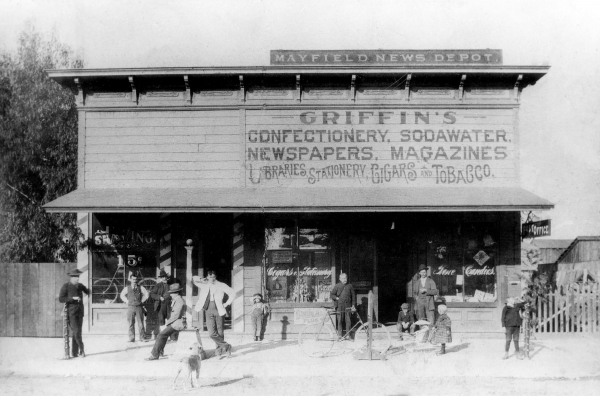
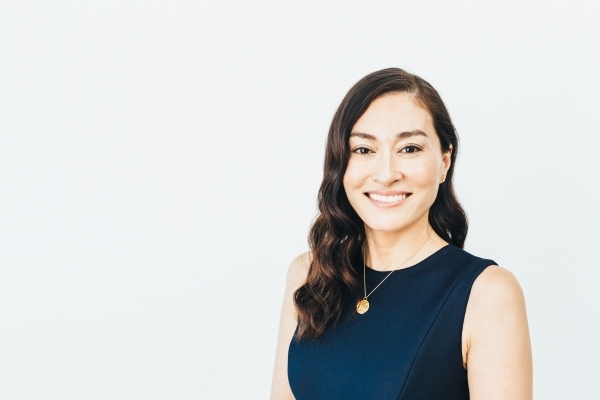
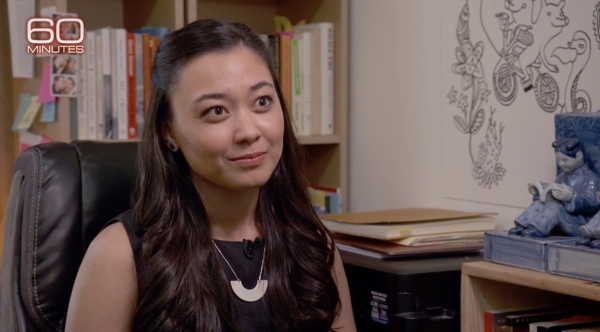
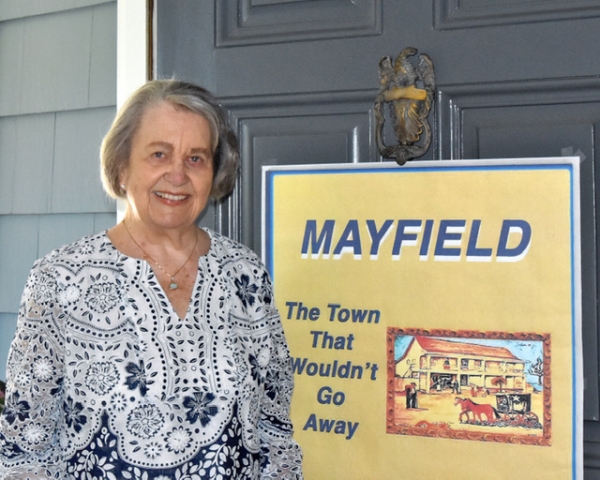

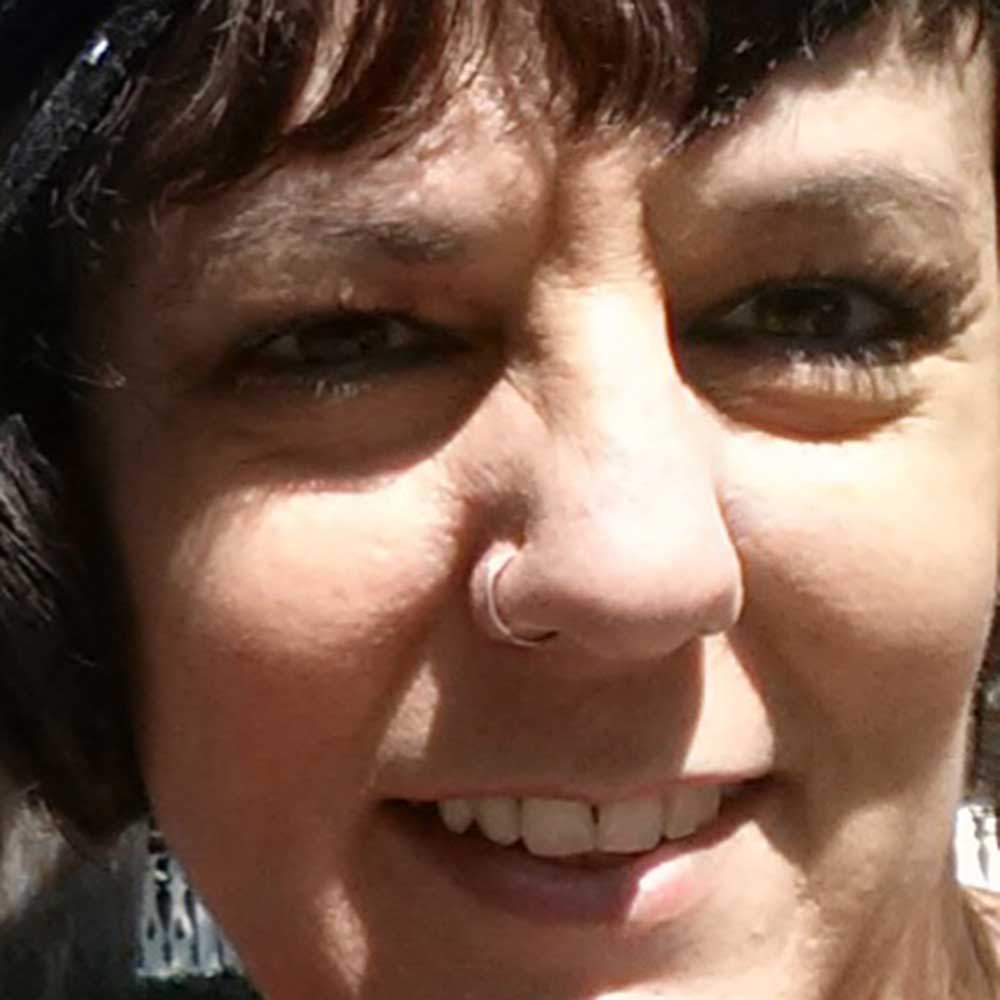
Comments
Duveneck/St. Francis
on Sep 21, 2019 at 9:06 pm
on Sep 21, 2019 at 9:06 pm
I was disappointed that you recommended Amazon for purchasing these books when we have two great local bookstores, Kepler's and Books Inc.
Mountain View
on Sep 22, 2019 at 1:40 pm
on Sep 22, 2019 at 1:40 pm
As Cliff Claven (of Cheers) would often say..."It's a little known fact but,"
'BUT' being that though it involves Mountain View, probably 99% here have no idea of this little known (obscure) fact...
Web Link
Stop by the house on Yosemite sometime...it hasn't changed in over 70 years.
Mountain View
on Sep 22, 2019 at 2:00 pm
on Sep 22, 2019 at 2:00 pm
> According to one person she interviewed for the book, the opening of Mayfield School helped bring the newly merged community together as students formed friendships in the classroom with disregard to in what part of town they lived.
^^^ I am a 6th grade graduate of the old Mayfield School....back in the day we had a graduation ceremony (with ice cream), a May Day/Maypole celebration & a Christmas Program involving all of the different elementary grades.
My teachers were Reynolds/Kindergarden > Fain/First Grade > Fatjo/Second Grade > Evans/Third Grade > Stockman/Fourth Grade > Stockman/Fifth Grade & Jensen/Sixth Grade. The principle was Max Van Patten & Dr. Henry Gunn (district superintendent) made regular rounds.
The neighborhoods that went to Mayfield included northern Ventura, South PA (Olive to California), College Terrace, Evergreen, & South Gate. For a brief time (while Escondido was being built) College Terrace kids went to Mayfield.
Buses were provided for South Gate & northern Ventura kids...the subway below ECR provided directional access for coming & going.
South Gate/Evergreen/College Terrace were predominantly white.
Ventura & South Palo Alto were primarily people of color...African Americans, Hispanics, Filipino & Japanese-Americans.
Palo Alto neighborhoods were somewhat segregated back then.
The same could be said of the Cub Scout/Boy Scout troops based on residencies.
Of the teachers mentioned, one was the absolute WORST that I have ever endured in my entire life but shall remain nameless.
When we moved to Los Altos, I never encountered another student of color except for some Japanese-Americans + a high school foreign exchange student from Africa.
Los Altos High School of that time frame was like living in a Beachboy's song.